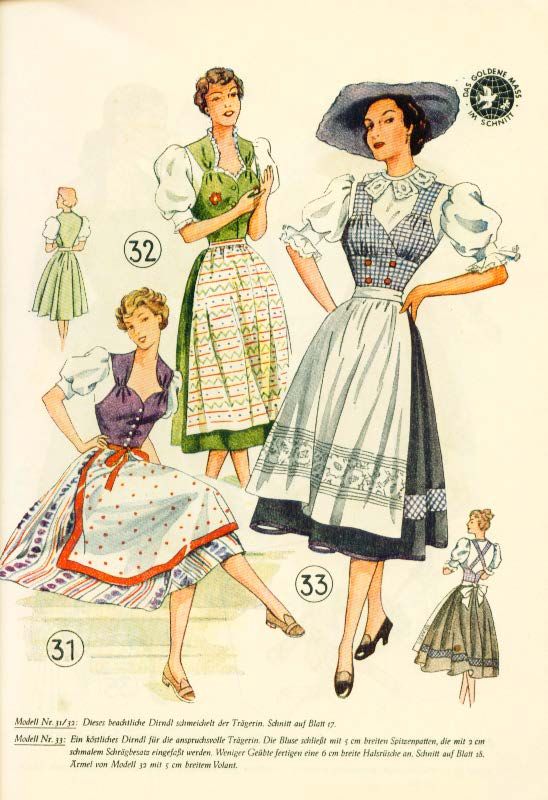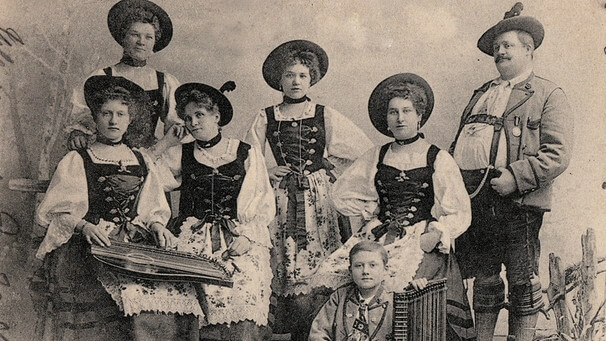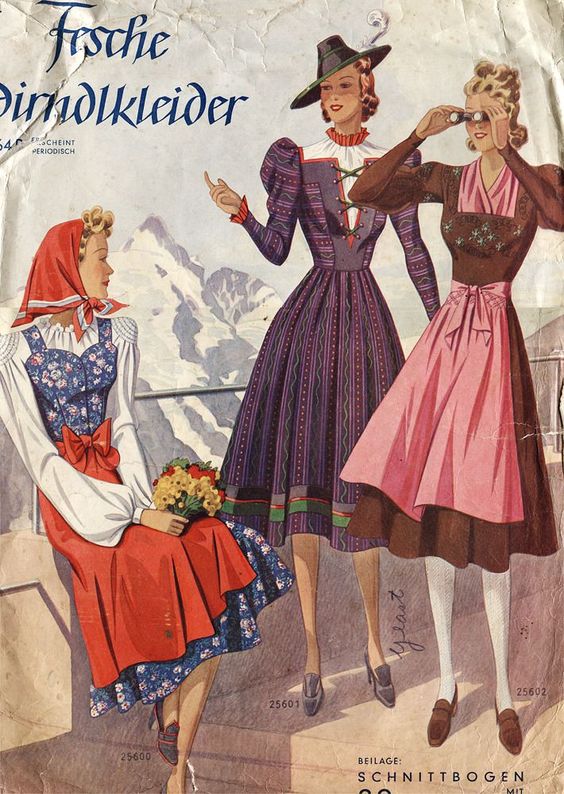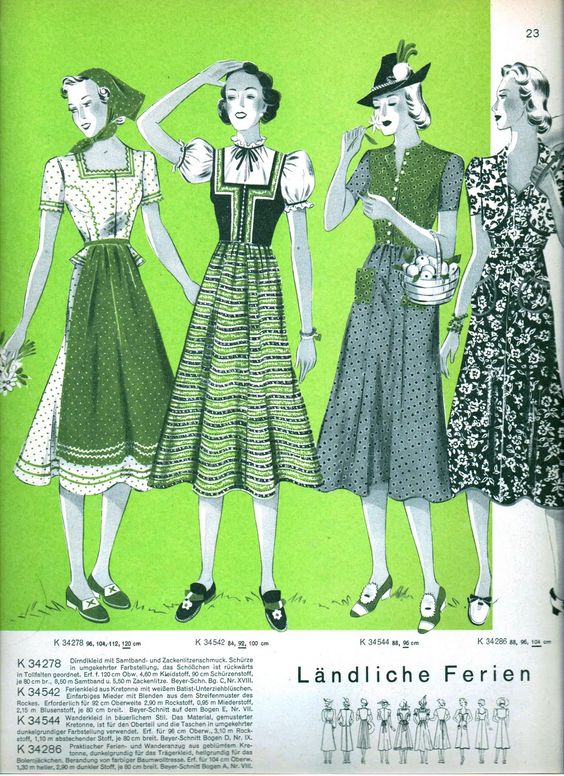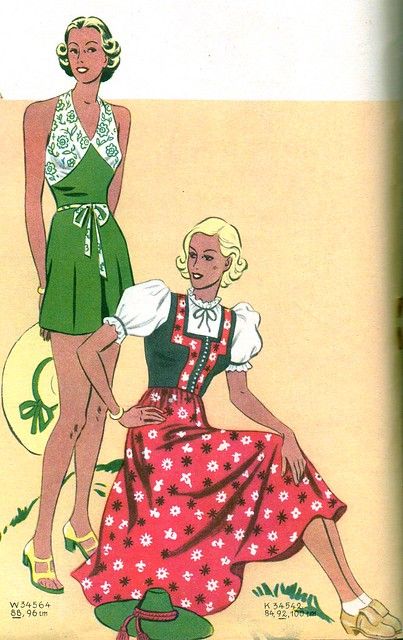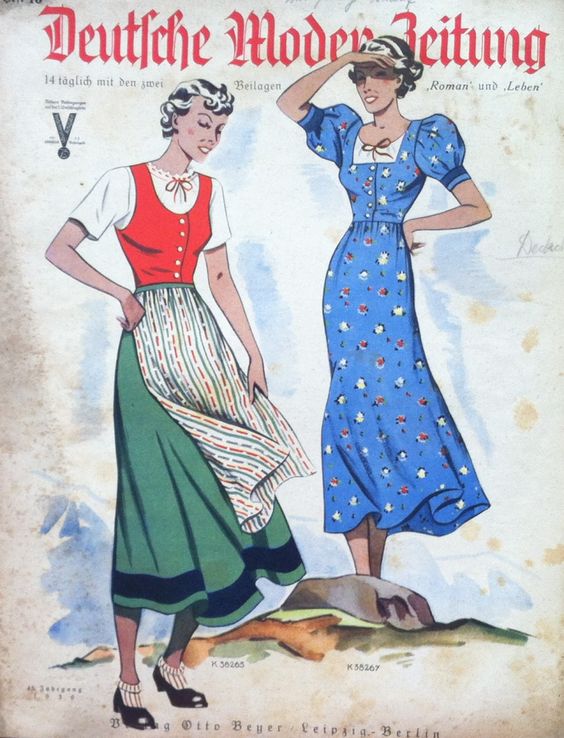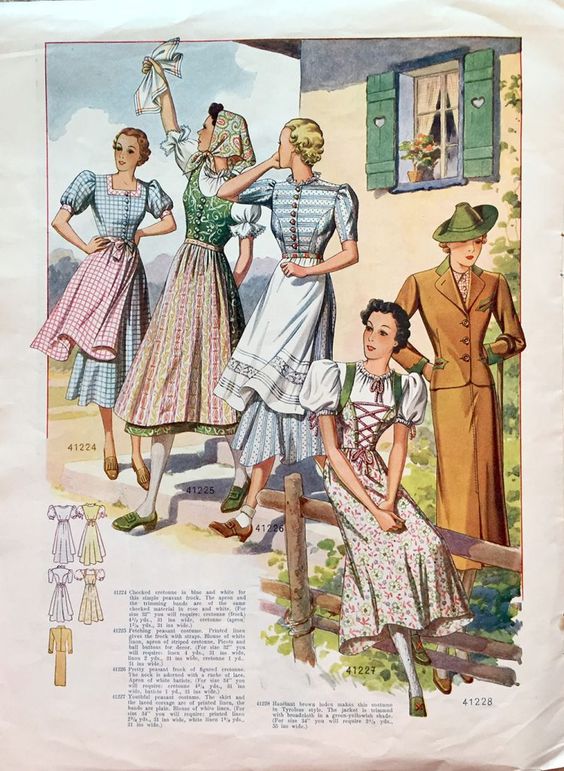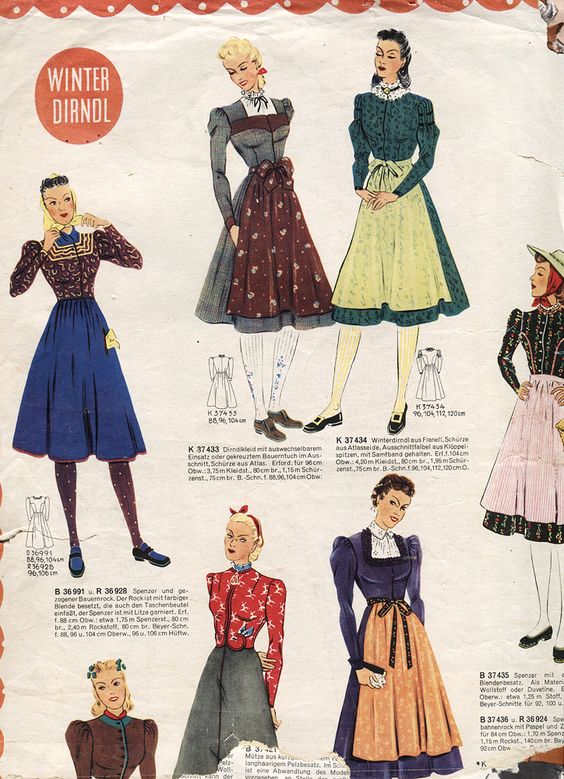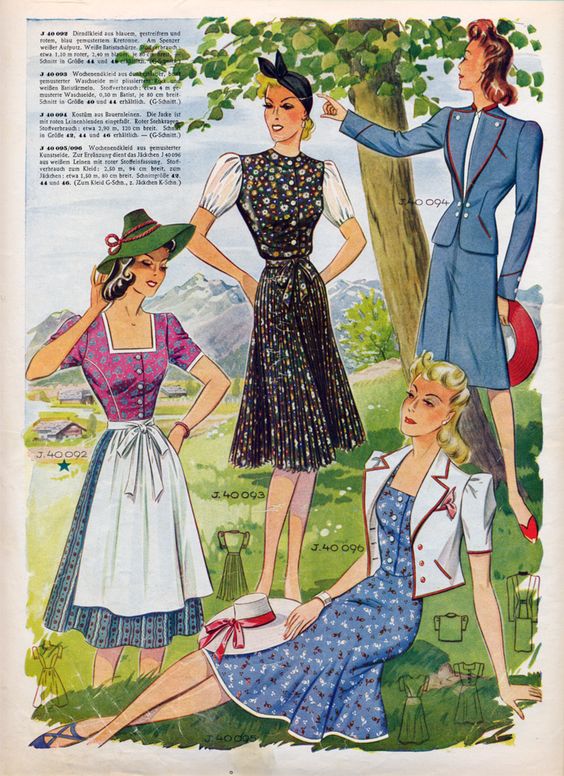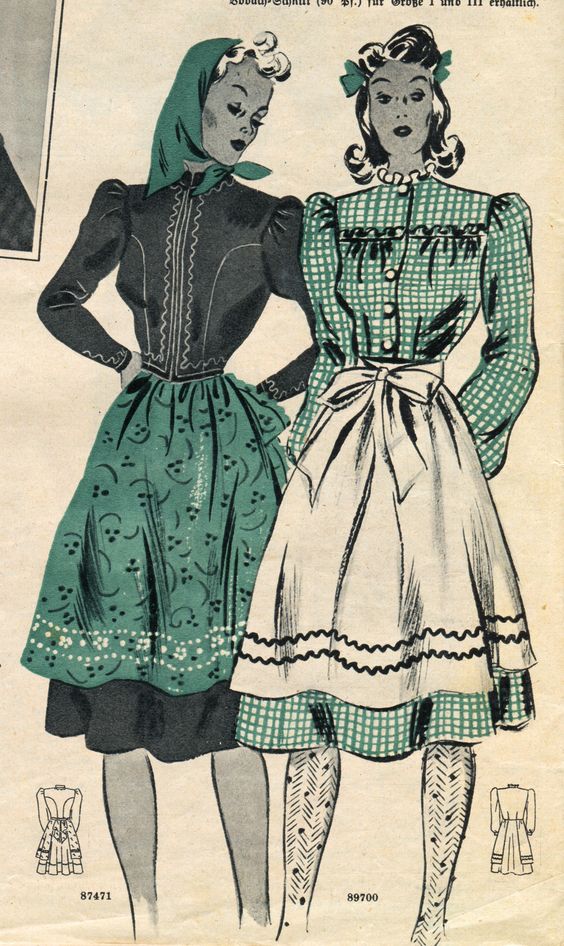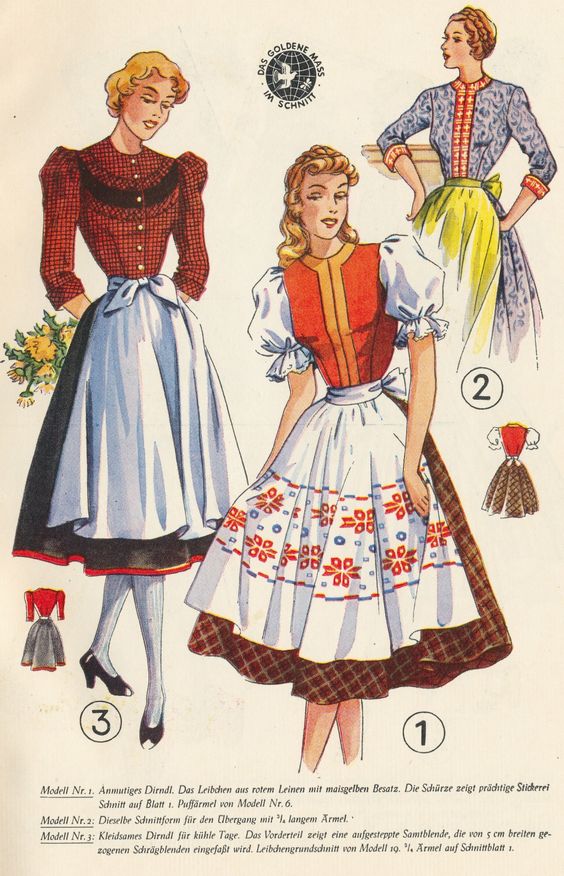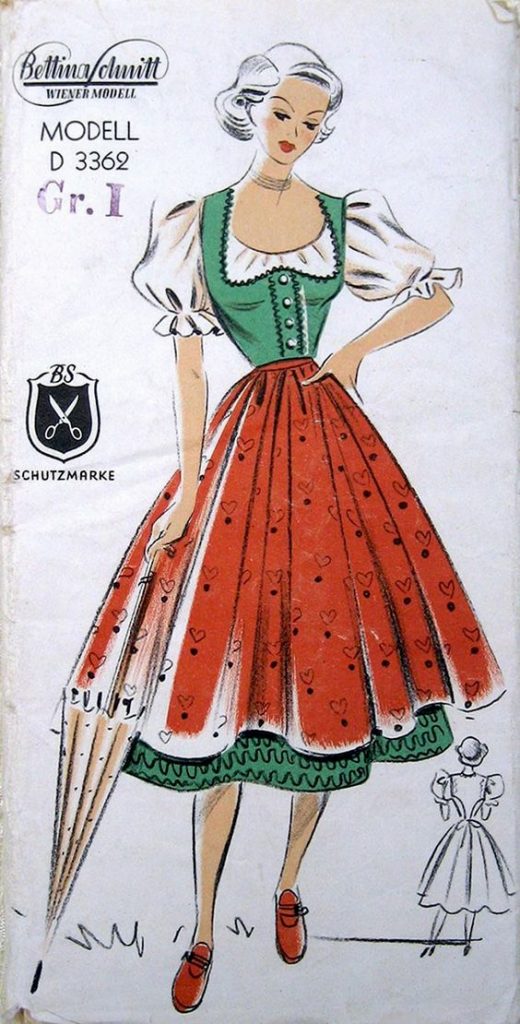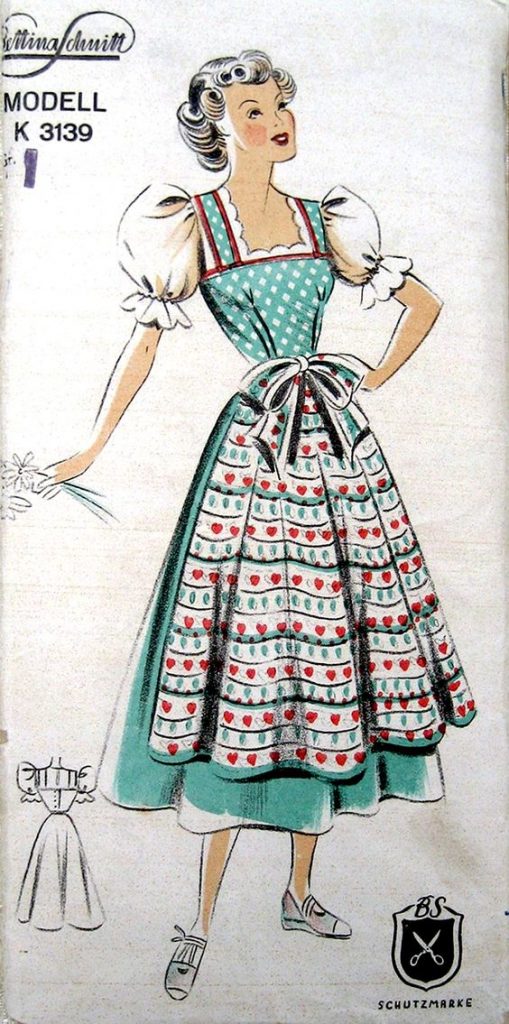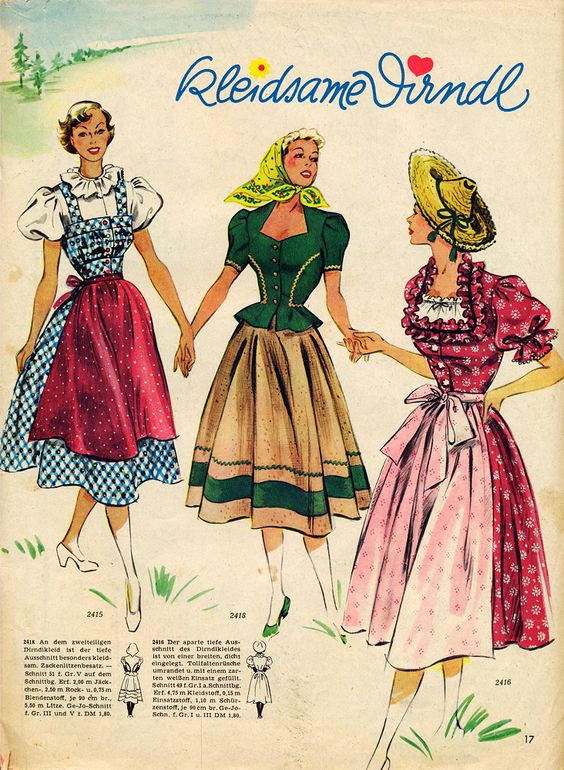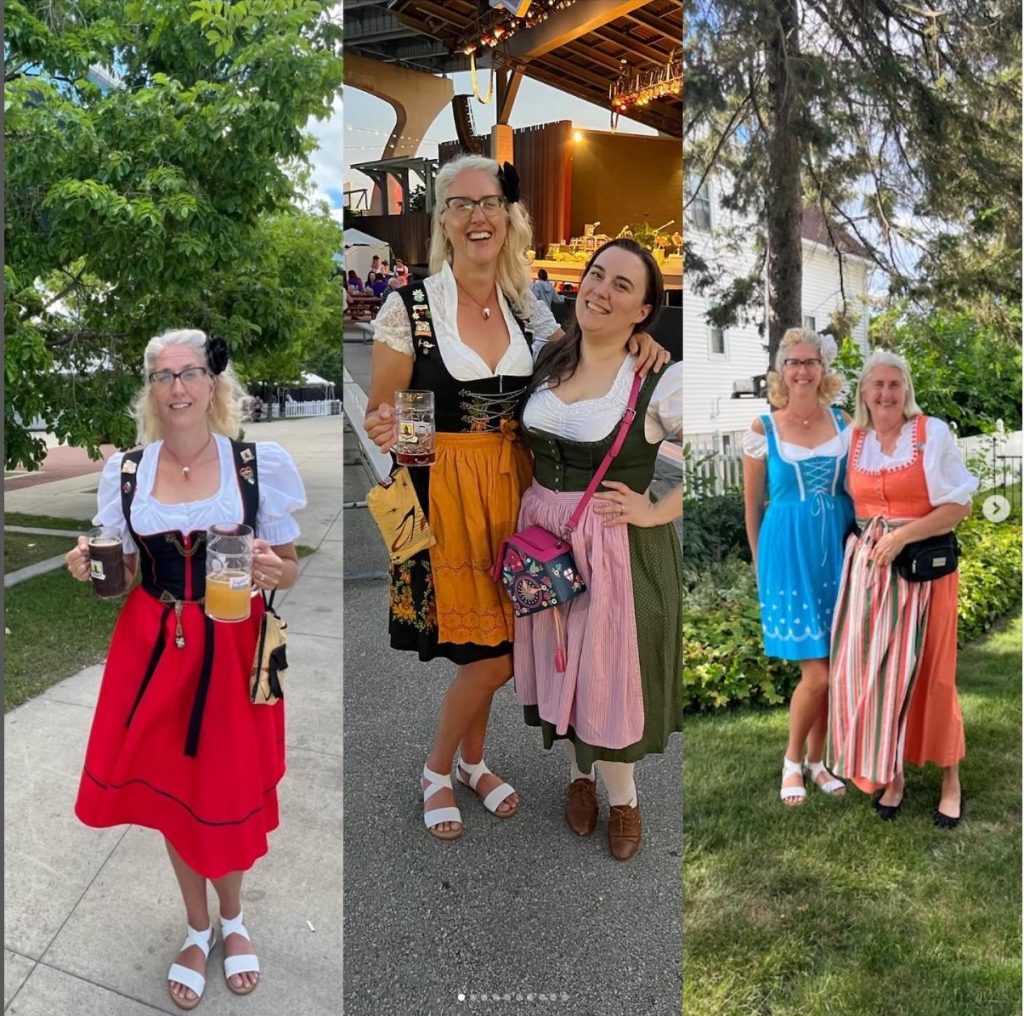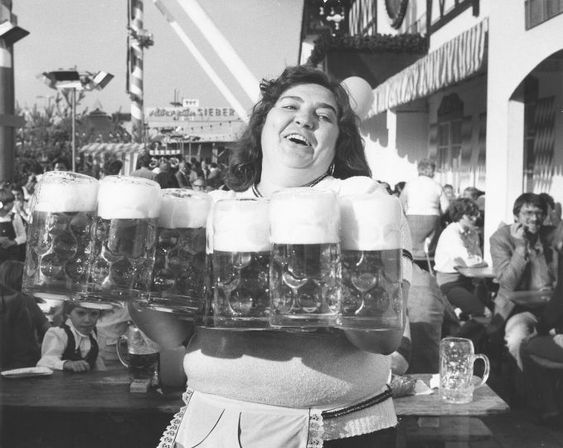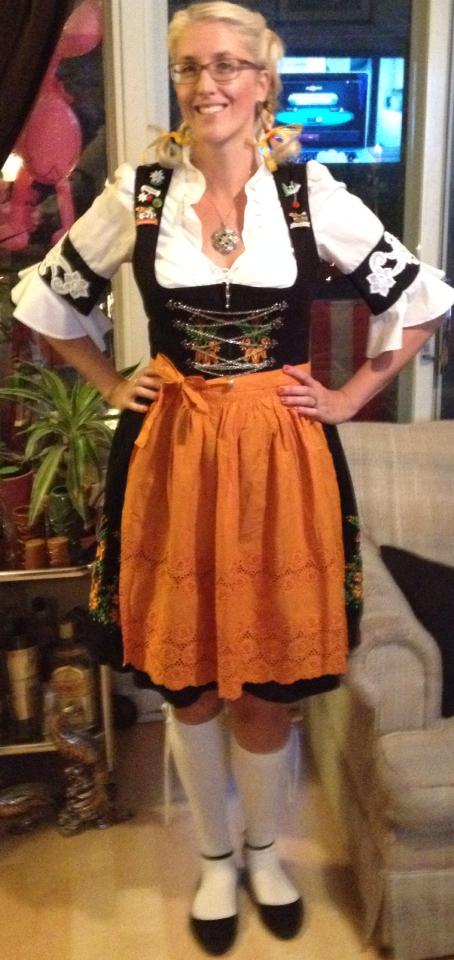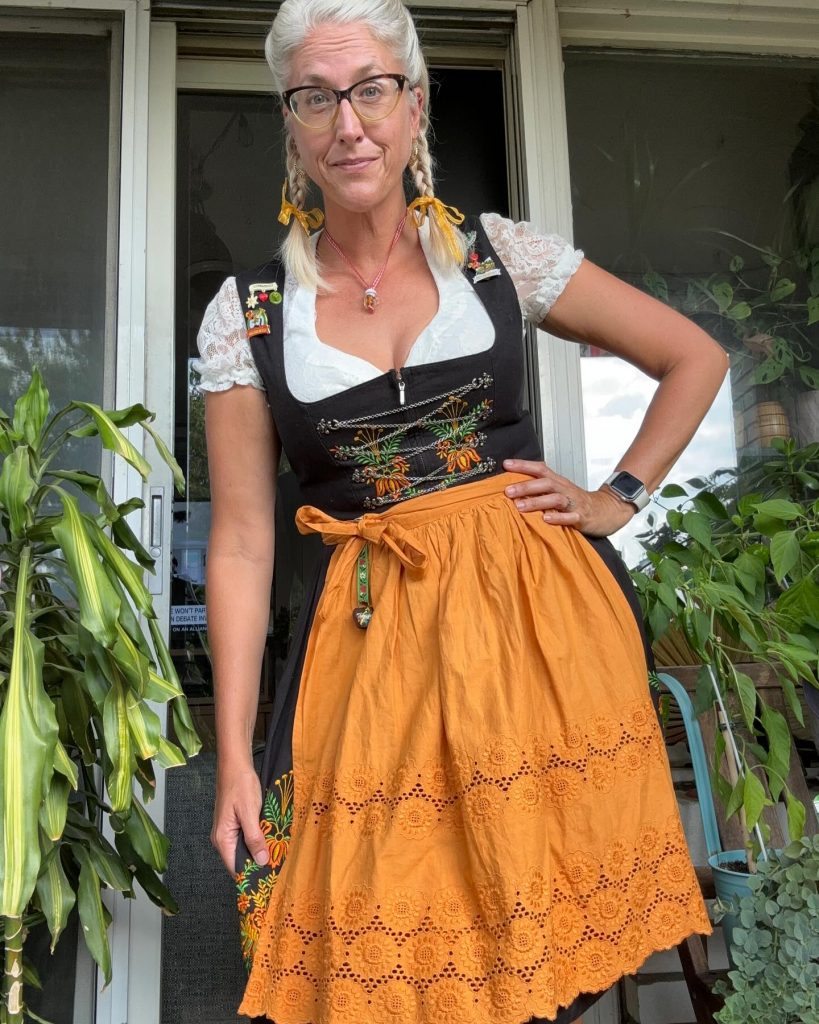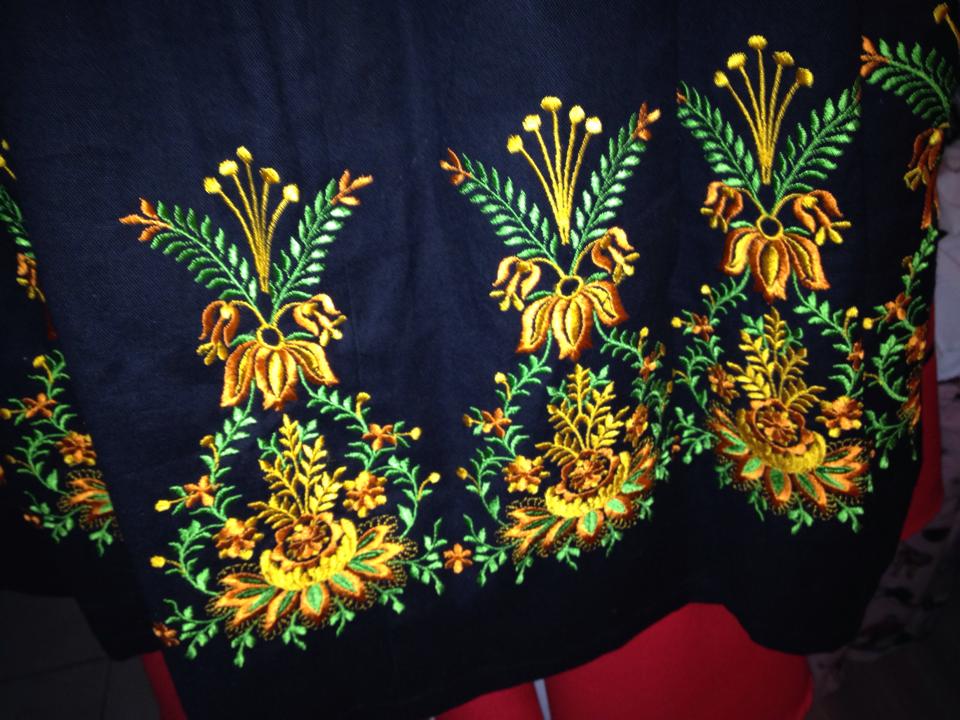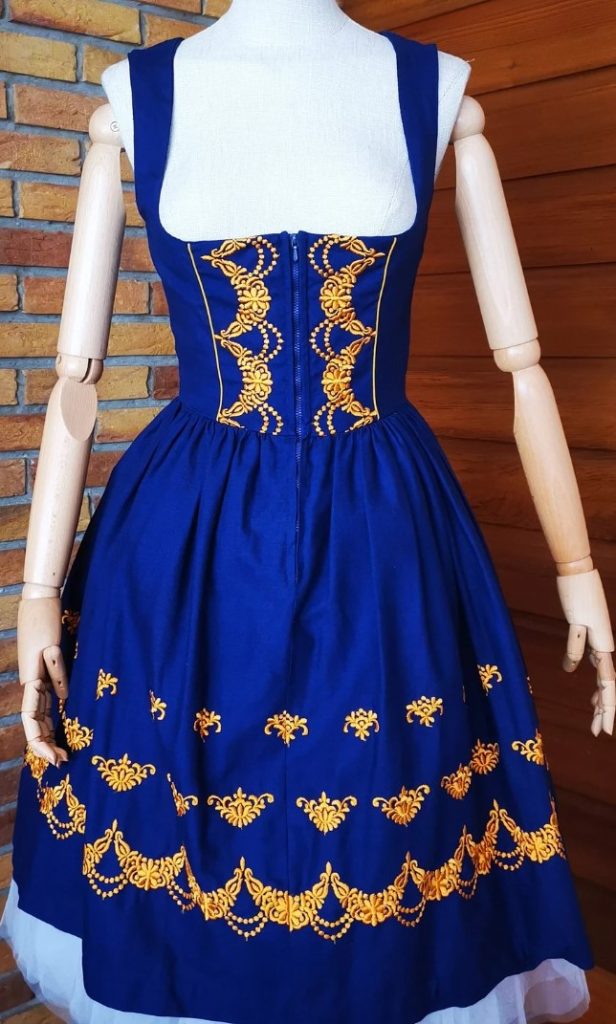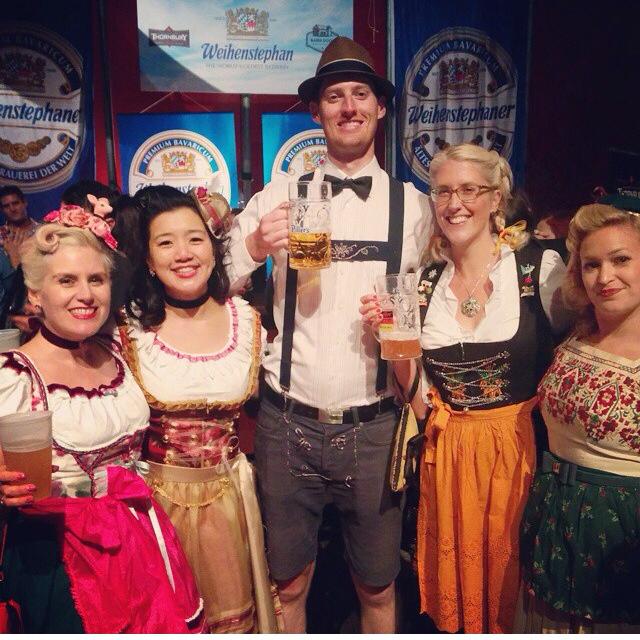For centuries, the dirndl has been a beloved and timeless staple of Germanic folk fashion. Its eye-catching and colorful designs have been meticulously crafted and worn with pride for generations, and its influence can be seen in modern fashion today.
Discover the beauty of this timeless style (that I simply adore) thru vintage fashion illustrations / sewing patterns (1930s-1950s) as seen in this latest post.
Note: I’m off to the final weekend of Oktoberfest in Munich Germany on Thursday, so this is why I wanted to do this post. I cannot wait as I have never been. I also have three dirndls but I am only taking one and if you scroll to the end, you can see what one.
Please Follow my fun on Instagram & and the end of this post please see my other “Oktoberfest Posts”.
Brief History of the Dirndl
The Dirndl is a feminine dress which originated in German-speaking areas of the Alps. It is traditionally worn by women and girls in Austria, Bavaria (south-eastern Germany), Liechtenstein, Switzerland and Alpine regions of Italy (South Tyrol). A dirndl consists of a close-fitting bodice featuring a low neckline, a blouse worn under the bodice, a wide high-waisted skirt and an apron.
The dirndl is regarded as a folk costume (German: Tracht). It developed as the clothing of Alpine peasants between the 16th and 18th centuries. Today it is generally considered the traditional dress for women and girls in German-speaking parts of the Alps, with particular designs associated with different regions. The usual masculine tracht counterpart of the dirndl is lederhosen.
In the late 19th century the dirndl was adapted by the upper and middle classes as a fashion mode, and subsequently spread as a mode outside its area of origin. There are many varieties of adaptations from the original folk designs (Source).
Bavarian musicians, ca 1902
Note: There was a dark period for the traditional dress during WW2 when it was adopted it as a symbol of pan-German identity in the countries under Nazi rule (Germany from 1933, Austria from 1938). The dirndl was used to promote the Nazi ideal of the German woman as hard-working and fertile (Source).
It would be several years after the end of the war before the dirndl would regain populartiy (but it eventually did!).
Further Reading: Rare Dirndl who I have purchased dirndl blouses from in the past and has a fantastic blog (and dresses) on this topic. Please take a moment to read, ‘Dirndl Color Meanings and History‘ to learn more about the history of this dress.
Vintage Fashion Illustrations / Sewing Patterns: 1930s-1950s
1930s dirndls in all different styles, colours and patterns.
Source: Pinterest
1930’s styles.
Source: Pinterest
Deutsche Moden Zeitung ,1938 featuring an illustration of two women in very different 1930s fashions. A playsuit that is perfect for hot summer days, and a dirndl for all other times.
About the Deutsche Moden-Zeitung: Subtitled “Frau, Volk, Welt”, was a magazine about clothing fashion , especially for women , that was published from 1891 to 1944 . In the titles marked “Large Edition” or “Edition A”, the sheet contained various patterns sheets for making clothes and underwear yourself. The magazines published as “Edition B” also provided information about fashion , but did not contain any pattern sheets (Source).
Source: Pinterest
More 1930s dirndls as seen in Deutsche Moden Zeitung.
Source: Pinterest
UK version of Austrian sewing pattern magazine, Record Fashions from July 1938 featuring the traditional dress in various styles.
Source: Vintagegal
1940s Winter Dirndl fashion illustrations.
Source: Pinterest
Spring in the Alps should always include a beautiful Tracht. 1940s catalog page.
Source: Pinterest
Source: Pinterest
Lutterloh 1950 dirndls.
Source: Pinterest
Bettina Schnitt Wiener Modell D3362 ( c. early 1950s ) german dirndl dress, green white peasant blouse and red heart apron vintage sewing pattern. So cute!
Source: Pinterest
Here is another one from the same sewing pattern brand. Love the heart apron pattern on this dress.
Source: Pinterest
1950s catalog featuring dirndls for “Gross und Klein” (large and small), women and girls.
Source: Pinterest
Source: Pinterest
Thank you for dropping by and taking a look at these beautiful dirndls with me. Please share in the comments section, what your favourite was, or anything else about this topic. I love hearing from my readers!
Further Reading:
About the below photo: The dirndl on the left was my mother’s in the 1970s she bought in Kitchener, Ontario, Canada. The middle is my tracten from Munich (blouse from Rare Dirndl) and the one on the right (with my mom in her traditional dress) was found in a vintage store but is authentic.
September 2024 Update: I have created a fun Oktoberfest playlist on Spotify that is perfect for your next fest party. Enjoy!

